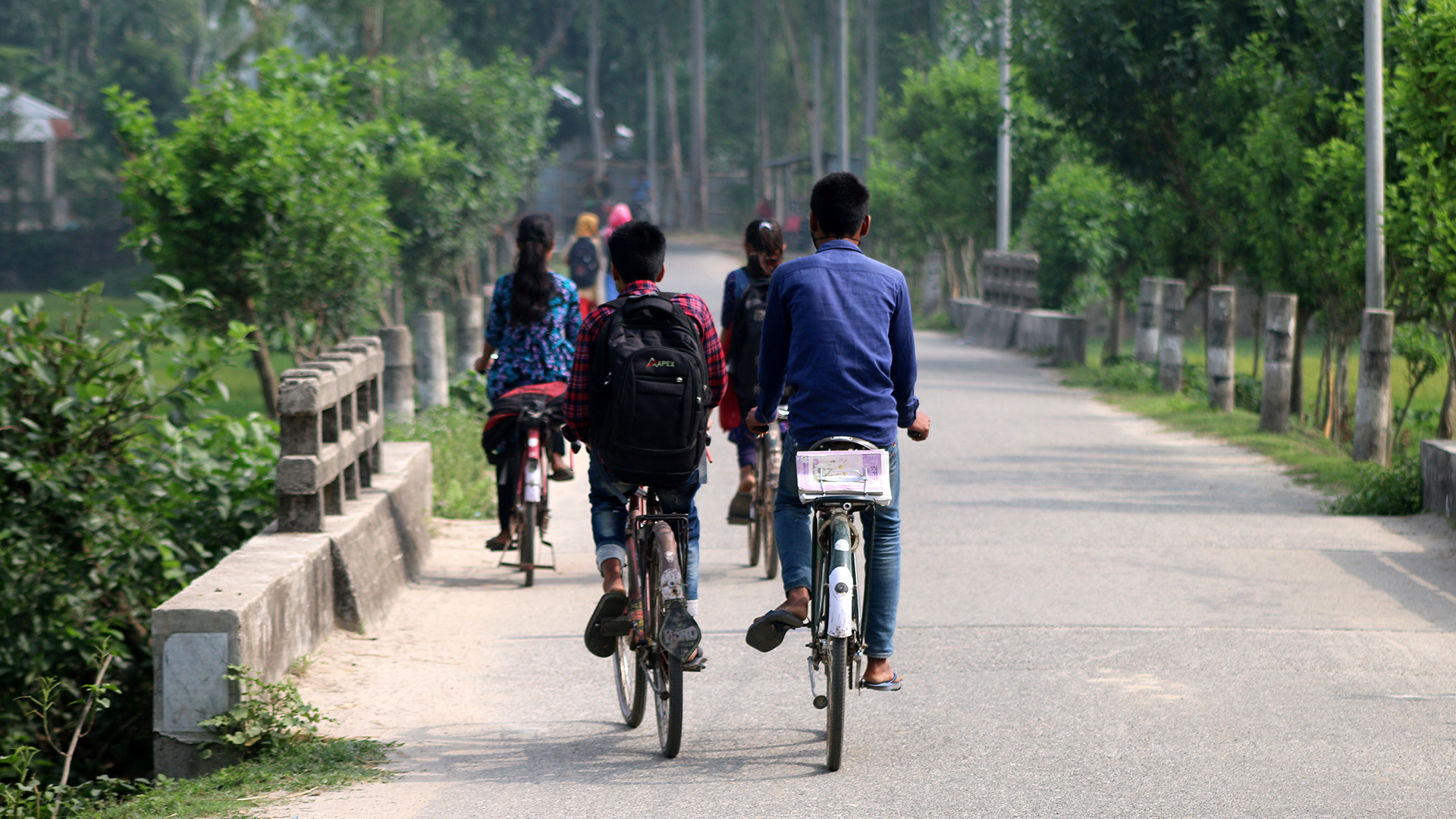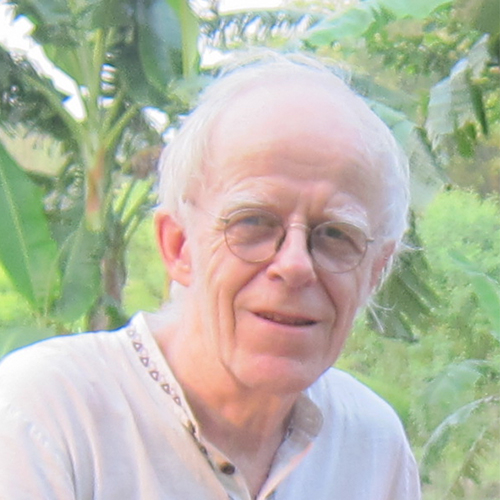
Global Affairs Canada would do well to reallocate its priorities for education development aid in South Asia. Rather than concentrate on bilateral and multilateral transfers to host governments, projects run by “non-state actors” such as NGOs should be scaled up – provided they benchmark learning outcomes with the intent to improve outcomes in future assessments. It is time to acknowledge that donor-to-host-government education assistance over the last two decades has accomplished little to help students in the region to learn.
Total Canadian official aid in the 2020-21 fiscal year was $8.4 billion. Total official binational and multilateral education aid was $455 million, of which $118 million was devoted to primary education around the world. Two of five South Asian countries (Bangladesh and Pakistan) received Canadian aid.
The U.S., the U.K., Japan, Australia and Canada have historically been large bilateral education donors in South Asia, with the U.K. and the U.S. being the two most important development partners (DPs). By 2010, in Bangladesh and other countries, the DPs adopted a pooled funding mechanism known as the “sector wide approach” (SWAP) whereby most of the development assistance goes to the recipient nation’s treasury. Their education ministries then receive funds based on their accomplishment of disbursement-linked indicators (DLIs). Given the failures over the last decade to improve education outcomes, it’s time to try a new tack, even if other countries don’t follow Canada’s example at first.
Development aid as foreign policy is a flawed idea
Since the launch of the United Nations millennium development goals (MDGs) in 2000, South Asian governments have increased national funding of primary and secondary schools. The MDG campaign terminated in 2015. The sequel is the sustainable development goals (SDGs) to be realized by 2030. Donor assistance to primary schools in South Asia is now relatively small, about five per cent of domestic government education spending. Increased spending during the 2000-15 MDG campaign achieved a dramatic increase in primary school enrolment and completion among South Asian children. Unfortunately, high enrolment and completion rates have become divorced from learning in government schools.
What is the evidence? Two key sources confirm this depressing conclusion.
The first is the ambitious World Bank project to estimate basic literacy in all developing countries among the next generation of children. The “learning poverty rate” is the national share of children 10-14 unable to read a short Grade 2-level story in the local language. In this age range, children are expected to be in an upper primary grade. The learning poverty rate is 56 per cent in India, 58 per cent in Bangladesh and 77 per cent in Pakistan. The outlier in South Asia is Sri Lanka: only 15 per cent of children 10-14 there are unable to read this kind of story. In China, the rate is 18 per cent. Overall, in developing countries in Southeast and East Asia, the learning poverty rate is 21 per cent, less than half the overall South Asian rate of 58 per cent.
The second source is the biannual ASER Centre surveys conducted since 2008 by Pratham, an Indian NGO working to provide quality education to rural Indian children, which undertakes in-home surveys on reading and arithmetic ability among children 6-16. Large samples (more than 500,000 children) enable extensive disaggregation.
In-home surveying captures children in all school types, whether they are continuing their schooling, have finished formal education, never enrolled or dropped out. They also provide information on family social conditions and teacher/parent relations. The most-demanding ASER measures are the ability to read a 75-word story at Grade 2 level in the regional language, and the ability to divide a three-digit number by a one-digit number (with remainder). The learning outcomes are intentionally simple and readily understood as a minimum definition of literacy and numeracy.
In the 2018 ASER survey (the most recent pre-COVID), among students in the final primary grade (Grade 5), the national average ability to read the short story was 50 per cent – similar to India’s learning poverty rate. The ability to do division was only 28 per cent.
Figure 1 illustrates all-India ASER reading and arithmetic results from 2008 to 2018, disaggregated by government/non-government schools. (Non-government schools range from faith-based schools to NGO-run and elite high-fee private schools. The most important category is low-fee private schools.) In 2018, results in the non-government sector were about 20 percentage points above the government sector. Given the decline in government school outcomes over the decade, not surprisingly the share of students in the non-government category increased over the last decade to 30 per cent from about 15 per cent. Since the learning poverty rate in Bangladesh is slightly higher than in India, government schools in Bangladesh probably perform somewhat worse than in India. In Pakistan, they perform substantially worse than in India.
Evaluating BRAC bridge schools
What Canadian aid can do to improve education outcomes in South Asia is to fund projects that demonstrate better results. In addition to some children receiving better education, the value of such aid is to illustrate the potential, at low per-student cost, in advancing literacy and numeracy. Hopefully, such projects increase parental demand on governments to improve outcomes. The potential is well-illustrated by BRAC, a large NGO in Bangladesh with the capacity to undertake major education projects.
From the middle of 2018 to 2021, BRAC managed a large pilot project financed by the Qatar Educate-a-Child (EAC) foundation. The project enrolled more than 70,000 children in 2,500 one-room schools across the country. The 2,500 teachers – all women with at least high school completion – received two weeks of teacher training. The children enrolled had either never enrolled in a formal school or had dropped out at Grade 2 or 3. The project included an intensive “bridging” course to reintegrate children into formal schooling. Instruction included all subjects and enabled students to complete primary education and hopefully pursue secondary education.
There are many reasons to expect BRAC bridge students to perform less well than students in Bangladeshi government schools. Relative to typical families, bridge students were in low-income families and/or their school careers had been disrupted (e.g., family mobility or dropout from some other school). Due to COVID, the government closed all schools for nearly two years. BRAC understood that students could not afford two years of no schooling. As a solution, bridge teachers taught the curriculum throughout school closures using low-tech mobile phones. This local innovation might well serve as a universal solution for school closures and dropouts.
The EAC/BRAC contract required a rigorous final evaluation report on teacher/family interaction, student satisfaction and other qualitative aspects of the project. The evaluation also required an assessment of learning outcomes in reading and arithmetic. Three of us (Stephen Heyneman and the two authors of this article) undertook the evaluation. We could not compare bridge outcomes with children in Bangladesh government schools; however, by using the ASER-India protocol, we could compare results with Indian children.
We would have liked better outcomes, but the value of the bridge model is obvious. Students outperformed average primary school performance in government schools across India. Bridge students’ reading performance was below the Indian non-government school average, but above the non-government arithmetic performance (table 1). Probably the same ranking applies in Bangladesh.
Conclusion
While per-capita income has increased in South Asia since 2000, the majority of children are not learning to read and/or do basic arithmetic. Without these skills, most of them are unable to access higher-wage, largely urban, jobs. Successful large-scale pilot projects may encourage state and “non-state actors” to adopt proven solutions such as BRAC’s bridge school model, which is a modified version of BRAC’s non-formal education programme (NFPE). Canada, Australia and the U.K. helped build NFPE over the last three decades. It will be a huge, missed opportunity if Global Affairs does not actively promote this model. Instead of channeling education aid primarily through host government education ministries, it could maximize the impact of its development assistance via projects to BRAC and other “non-state actors.”
Each country receiving Canadian development aid is unique. While the BRAC bridge school model works well in Bangladesh, other countries will develop different projects. Surely, it makes sense to channel education aid funding to projects that demonstrate learning.












